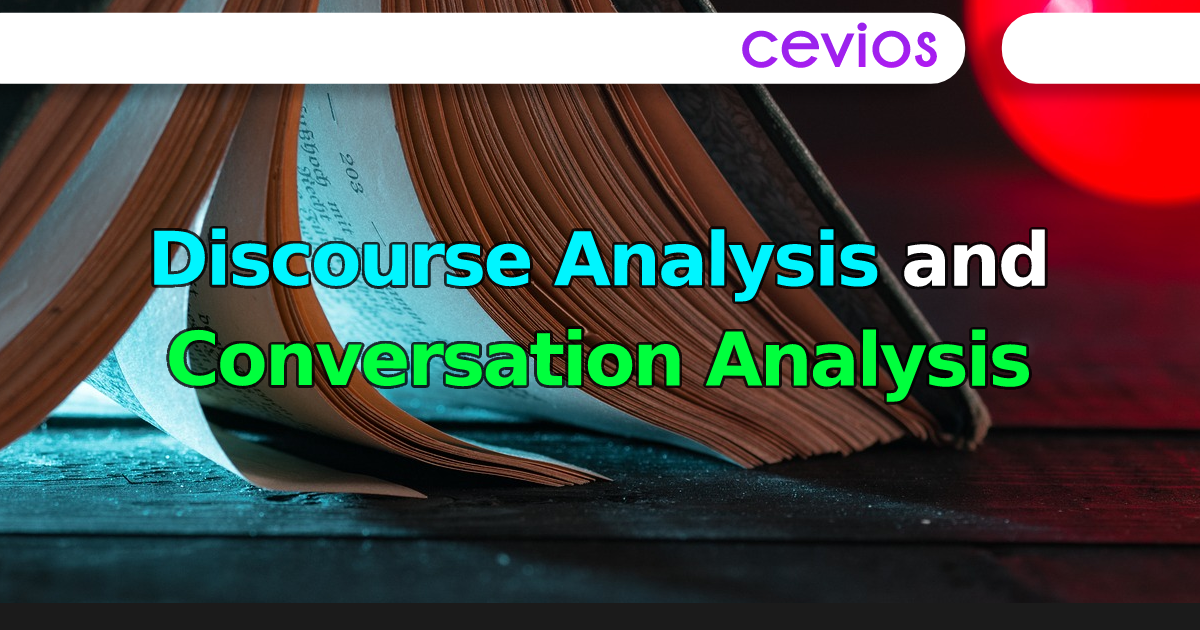Discourse Analysis and Conversation Analysis
Narrative analysis
The origins of narrative analysis lie in literary anatomies of folk stories. Since the publication of Vladimir Propp’s The Morphology of the Folktale (1928), folklorists and literary analysts have had an interest in discerning the underlying and possibly universal patterns in what seem to be discrete and individual stories (for example, in one of Propp’s most basic templates, the underlying pattern of ‘the quest’ or ‘the restitution of an object lost at the start of the tale’). Social scientists, as opposed to literary and folklore scholars, have seized on the idea of structure, but shied away from looking for universal primitives as such. Their interest is in finding how the narrator finds a pattern and chronology that makes sense of her or his own unique life and the events in it (see, for example, the work collected in Schiffrin, De Fina, and Bamberg, 2006). Such patterns and chronologies might be shared among a like-minded group, but can equally be wholly particular to the individual.
As illustration we may consider the work of Michelle Crossley, whose Introducing narrative psychology: self, trauma and the construction of meaning (2000) crystallised the application of narrative discourse analysis to the study of psychology, especially the psychology of health and wellbeing. Crossley analyses, among other kinds of narrative, the self-reflections of people who have undergone traumatic changes in their health. Here is an excerpt from such a reflection, in an autobiography:
Crossley’s analysis points us towards the realisation that in words such as these, we see how psychologically important it is for the individual to have an articulable ‘story-line’ which maintains continuity and integrity: the trauma is destructive insofar as it radically disturbs one’s sense of trajectory and sense of selfhood. As Crossley puts it: “This sense is severely disrupted in the face of trauma, which demonstrates a devastating capacity to ‘unmake the world’”. (Crossley, 2000, p 541). The promise of this sort of discourse analysis is that it will recast ‘facts’ as constructions, reveal heretofore unsuspected and perhaps marginalised experiences, give voice to those whose experiences are not well understood, and perhaps feed into policy making in the domains of health and education, two areas where narrative analysis has a strong presence.

